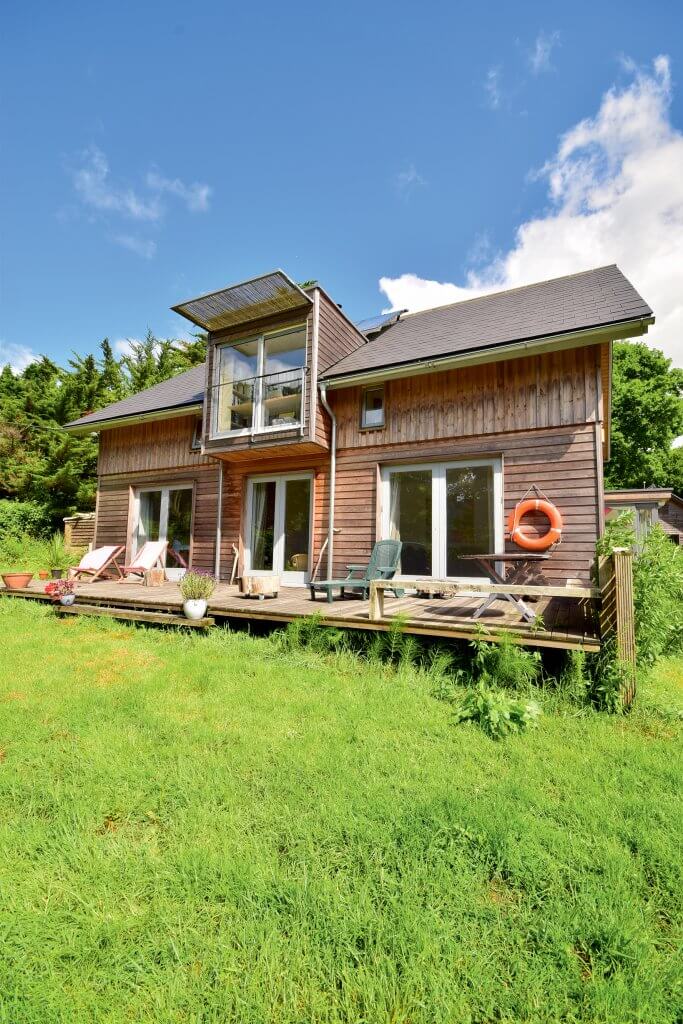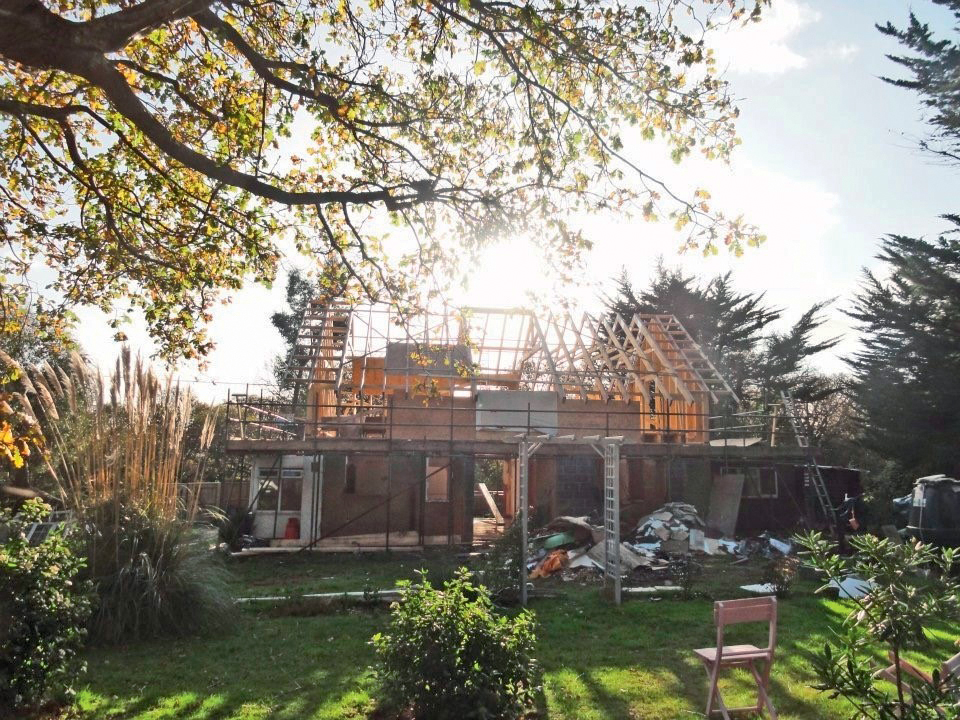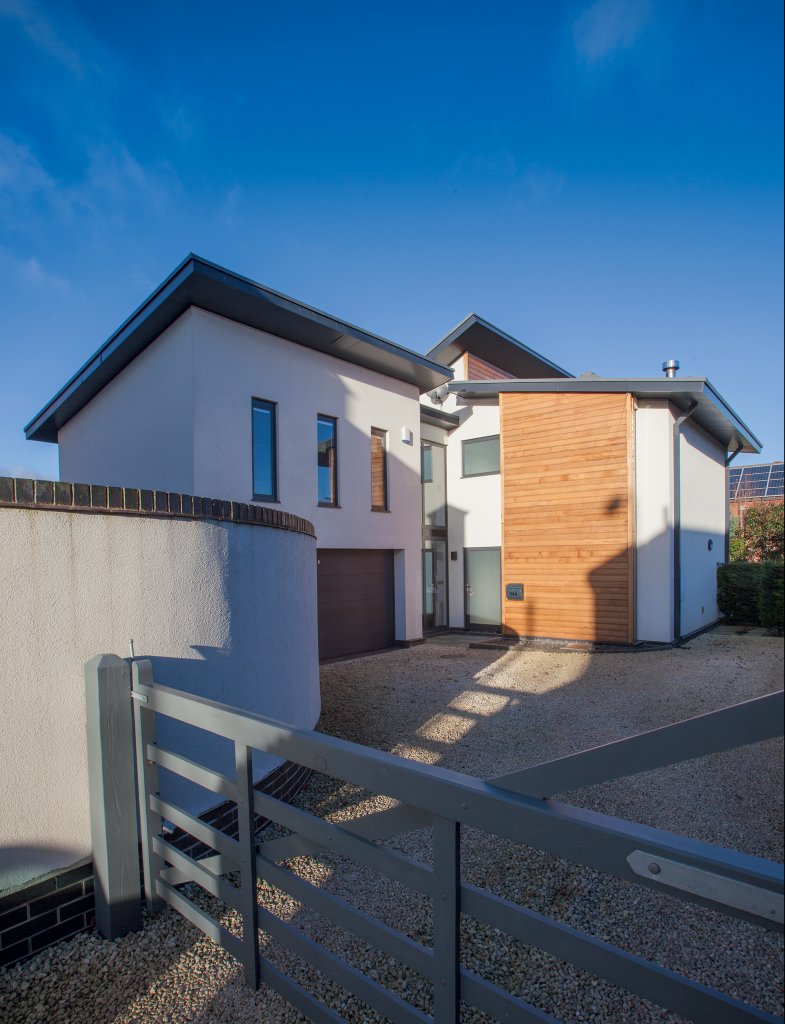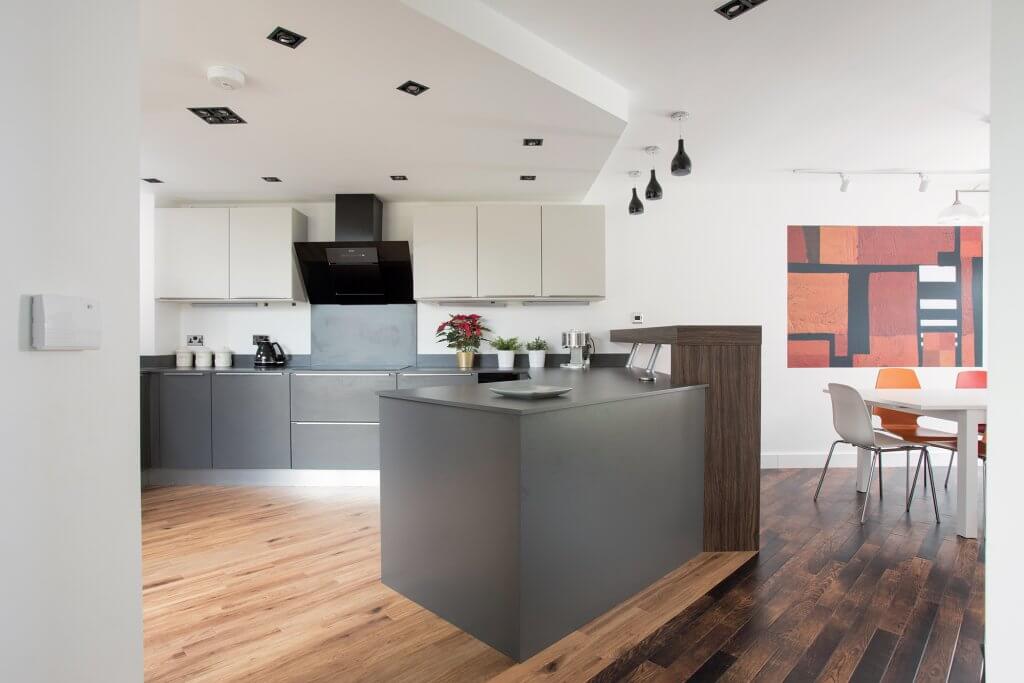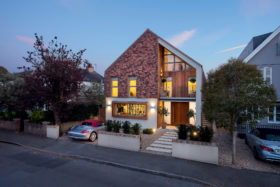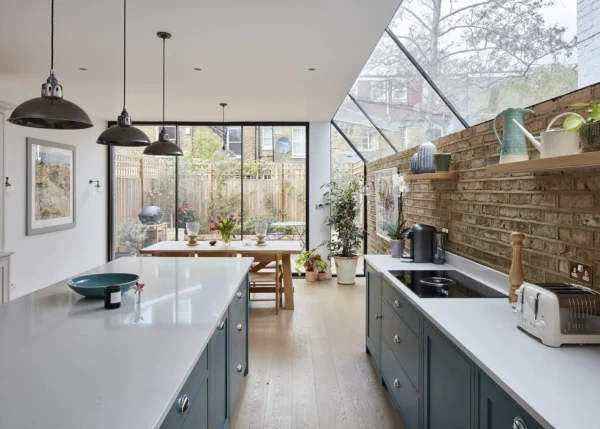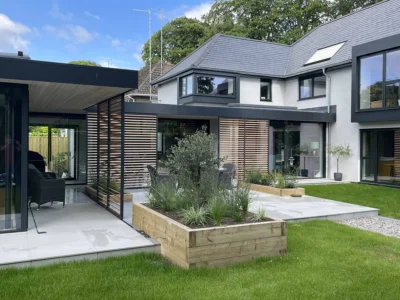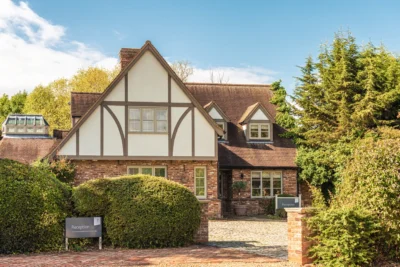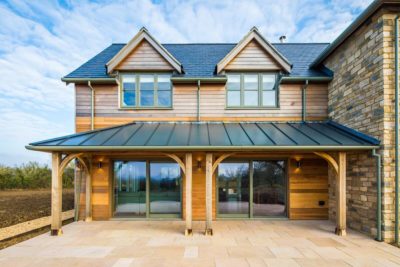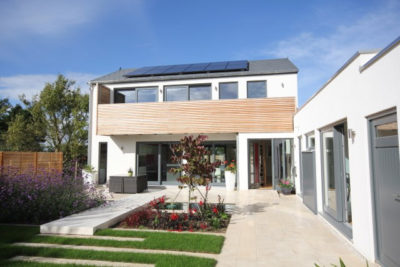How to Avoid Overspending on your Self-Build
Making the most of your budget is an important aspect of any project. Unless you are one of the vanishingly small number of self-builders for whom money is no object, you are going to have to take a canny approach to make your pot of gold stretch to meet your dreams.
It’s a delicate balancing act. You want the perfect home, which is going to cost you just about every penny you can lay your hands on. But it is so easy to get carried away and blow the budget by overspending on one particular area.
When this happens, something else has to give and your project can be compromised. This month, I’m focusing on eight areas self-builders regularly overspend, with a few tips on how to avoid doing so.
1. The land
It’s no secret that finding the perfect plot can be a challenge. A quick browse of the online land-finding resources, such as PlotSearch, shows there’s no shortage of individual sites for sale.
But finding one of the right size, with the potential to allow the sort of home you seek to build – and, crucially, at a price you can afford – is no easy task. It’s not unusual to spend upwards of 18 months finding a suitable piece of land.
Small wonder, then, that as soon as a site comes up there is a temptation to go for it and hang the expense. As a rule, the plot you purchase should account for between 30% and 40% of your total budget (land plus build costs). You might have to pay a little more in London and the south east of England, but as a rule anything over 50% is asking for trouble.
Start with the likely finished value of your home, then subtract the construction costs (based on a predicted price per m2 of floor space; see Build It’s Cost Calculator for a free ready reckoner) and an allowance for additional fees such as statutory approvals and surveys.
What’s left is the most you can afford to pay for the plot without getting into negative equity. If the sums don’t add up, walk away.
2. Architects
This is a contentious one, but I’ve encountered so many situations where the architect’s fees have been completely out of proportion with the project. In my experience, it’s not always easy to get them to design to your budget. Some may even see your self-build as a styling exercise.
Clearly, if you’re keen on cutting-edge design and materials, then an architect is what you need. But for a typical family home, I’d argue this is overkill. Architectural technologists and package companies’ in-house teams can often achieve incredibly good results at a lower cost.
Read more: Who should design my house?
Whichever route you take, I’d recommended agreeing a fixed fee for the design work, rather than calculating this as a percentage of build costs. The latter route can become an excuse for inflating fees through over-specification.
3. Foundations
It’s always sensible to have a site survey done. This will form the basis of your planning application drawings and show how the house is going to be positioned on the plot.
You may be tempted to go for a full soil survey to determine the type of foundations required. But before you do that, speak to your local building control officer. They may have enough knowledge of soil conditions in your area to approve standard foundations with nothing more than a quick inspection of a 1m3 test pit.
In comparison, a full soil survey could cause your foundation designer to err on the side of caution and put forward an expensive engineered solution. If soil conditions are difficult to establish and you do need a full survey, then so be it; but ask first, as it can save you a fortune.
Read more: Assess a site’s suitability before you buy with this essential checklist
4. Contractors
Builders’ quotes vary enormously for any number of reasons. How busy they are, the risk attached to a complex design and the state of the economy all impact on what you’ll pay.
The key thing is not to accept the first quote you are given. And don’t rely on one builder to price for the work, just because they are local and you have heard of them. You should always get at least three quotes and follow up references.
The best builders are rarely the cheapest, so think in terms of value for money rather than focusing on the lowest cost. Use an online estimating product like the Build It Estimating Service to work out pricing ballparks and ensure you can compare quotes like-for-like.
5. Kitchens & bathrooms
This is a classic area where people can get carried away; understandably so. Having a beautiful kitchen and stylish bathrooms, certainly better than the mass-market developers offer, is one of the big motivations for building your own home.
The sheer number of options out there can be bewildering and making the right choices is tough. One thing you will notice is how anything with a designer label costs many times more than budget versions; yet when you look closely, they’re often of a similar construction with the same fittings.
Regular readers of my articles will know my view that a new kitchen or bathroom will always look good, regardless of cost. Fit something nice, but if you are on a budget, save the designer brands for the next upgrade.
6. Too bespoke
It’s great to include a few unique features in your new home; after all, this is one of the things that will set it off as being individually designed.
However, it’s worth bearing in mind there’s a reason why mass market homes are cheaper to build: they’re all made of the same stuff, bought in bulk and in ready-made sizes. This helps to keep the materials bills low.
The minute you deviate from the standard sizes specified in the catalogue, the price rockets. Nowhere is this more apparent than when it comes to window costs. The current vogue is for contemporary homes with huge expanses of glazing; but this comes at the price of getting units custom-made to fit. The costs can be eye-wateringly expensive.
If you want to avoid overspending, consider working to a design that allows you to buy in stock sizes. It will be much cheaper, and you don’t have to compromise on quality.
7. Green tech
Pretty much everyone wants an energy efficient home that costs little to run – but too often this is conflated with the idea of having to stuff every conceivable eco technology into your new home. The problem is, doing this doesn’t come cheap.
Installing heat pumps, solar panels and wind turbines will provide you with renewable energy – while rainwater harvesting systems will conserve water – but you have to pay for them up front.
Schemes such as the Renewable Heat Incentive (RHI) and Feed In Tariffs (FITs) are available to help soften the blow. These are intended to cover the increased costs of fitting these products, as opposed to conventional options such as gas boilers. But they’re not designed to save you money per se, plus they pay out over a seven year period.
One of my favourite stories about eco tech involves a client who told me he had allocated £40,000 to renewables on his build. He was seeking advice on where he should target this money, stating that he wanted to do his bit to save the planet.
My only slightly tongue-in-cheek advice, alongside colleague and sustainability expert David
Hilton, was that he should use the cash to properly insulate everyone else’s house on his street. It wasn’t the answer the client was after, as it would have involved having a lot less eco bling on show.
The simple message is that it’s far better to use your money to build an airtight, well-insulated home under fabric first principles. Get this right and you won’t need to spend a fortune on expensive goodies to pump sustainably-sourced heat into your home, because it will already be a warm, comfortable place to be.
8. Budget for more
I have yet to meet the self-builders who have boasted of how much money was left over at the end of their project. The truth is that it always seems to cost a bit more than you thought it would; whether that’s because you’ve made a few changes, or you’ve come up against an unexpected expense.
The good news is that this will be offset by the fact that, if you have got it right, your finished home should be worth a fair bit more than it cost to build.
Mercifully there are very few projects that end in Grand Designs-style disasters. But the ones that do are those where there’s been little or no control over the purse strings. A mentality of “I want it, therefore I shall have it regardless of the cost” is a recipe for failure.
A more sensible approach is to anticipate that there will be some unplanned costs and to allow for them in advance, by building a contingency into your budget.
I recommend allocating at least 10% of your overall construction costs (ie the combined materials and labour bill) to this. You’ll use it, and when you do you’ll be glad it’s there!
Top image: Colin and Elaine Frier held out for the right plot before taking on their self-build project, eventually purchasing a site that came with outline planning consent at a cost of £100,000; leaving them a healthy £300,000 to spend on the construction of their 200m2 home. Read the full story































































































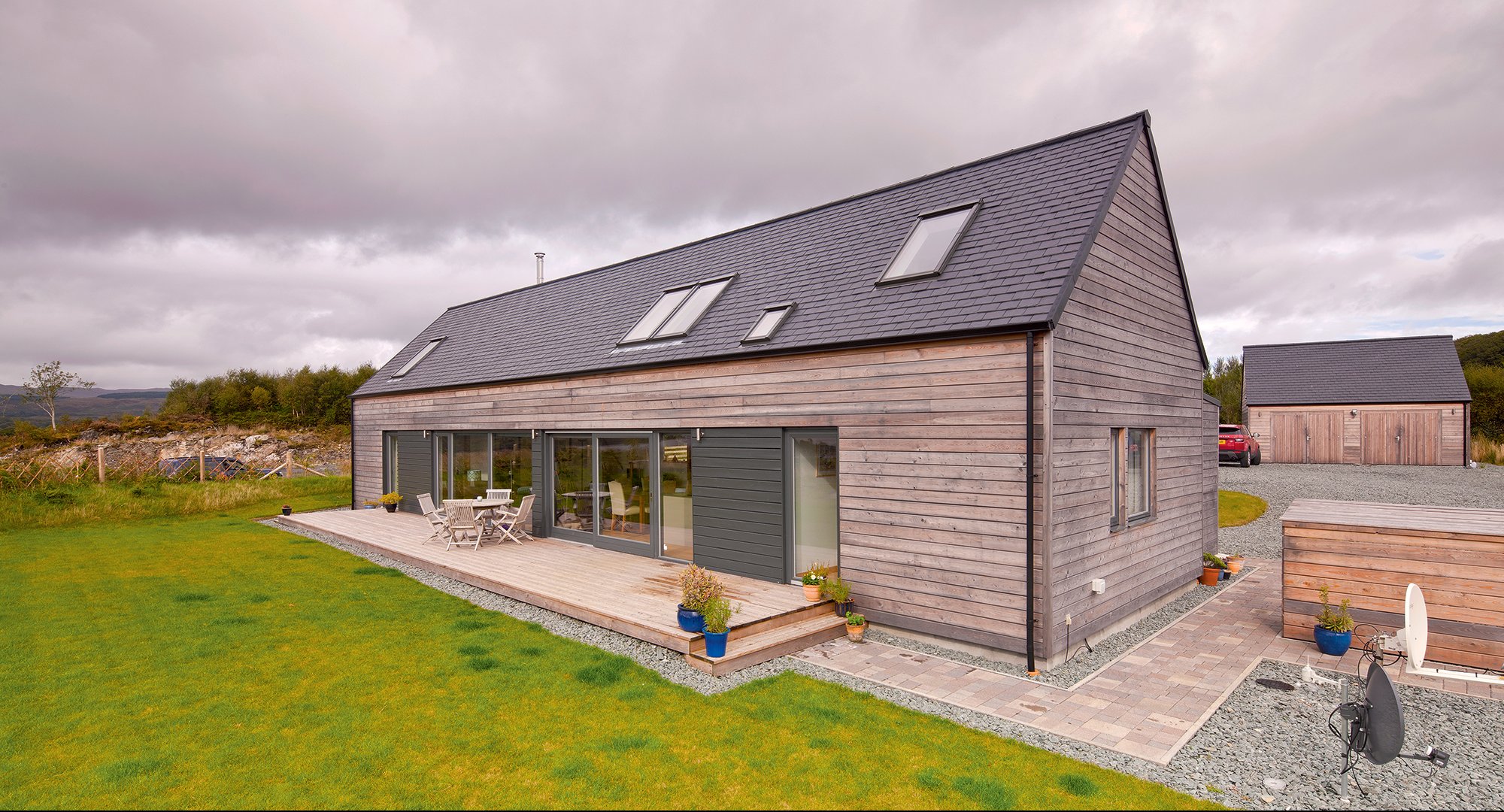
 Login/register to save Article for later
Login/register to save Article for later

